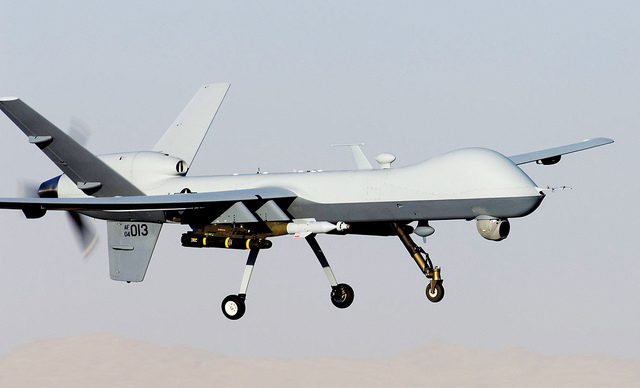In an attempt to discover why large weapons programmes like the F-35 Joint Strike Fighter too frequently miss their development cost and schedule targets, the US Government Accountability Office has found lower-level requirements creep due to a lack of systems engineering expertise is generally to blame.
The congressional watchdog said in a June 11 report that the former and serving military branch chiefs it interviewed “collectively expressed dissatisfaction with the current acquisition process and the outcomes it produces”.
The report cites as an example weapon systems that cost far more to develop than initially estimated, including the Raytheon AIM-9X Block II Sidewinder (114% change in development estimates), Boeing AH-64D Longbow Apache (44%), General Atomics MQ-9 Reaper (104%) and MQ-1C Grey Eagle (32%), and Northrop Grumman E-2D Advanced Hawkeye (42%) and MQ-8 Fire Scout (34%).
The report found that bad news tends to travel slowly in the US Defense Department in order to protect programme budgets and it is uncommon for tradeoffs to be made between cost and capability in order to strike a realistic balance.
The GAO report lamented that requirements creep historically occurs at the lower subsystem level too late in the development cycle to be reversed, whereas the overarching performance requirements set by the service chiefs tended to stay the same throughout.
It pointed to the F-35 programme as an example: “In order to meet the nine validated key performance parameters, the program developed approximately 3,600 specifications. While the operational requirements for the F-35 have not increased, factors such as poorly defined requirements, significant concurrency between development and production, and immature technologies have contributed to significant cost growth and delays in the program.”
F-35 research and development is expected to cost $62 billion, about 50% more than the initial estimate in 2001, GAO reports.

GAO Chart
“One chief was concerned that programme managers too often take the view that requirements cannot be changed and avoid elevating problems to leadership before they become critical, forgoing the opportunity to make needed tradeoffs,” the report says. “One service chief described this problem as ‘cost creep’ to meet requirements, not ‘requirements creep’.”
“We have previously found that incentives within the current acquisition process create pressure on defence system requirements and are geared toward delaying knowledge so as not to jeopardize program funding.”
GAO recommended to the Pentagon that officials setting the requirements apply sound systems engineering expertise sooner in the acquisition process, while noting that is already the expressed policy of the department. “Practice does not always follow policy,” the report adds.

MQ-9 Reaper development cost estimates grew 104%
US Air Force
Source: FlightGlobal.com
















